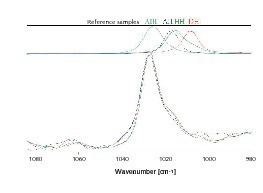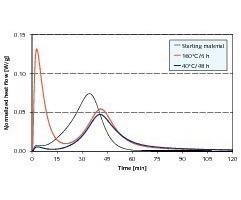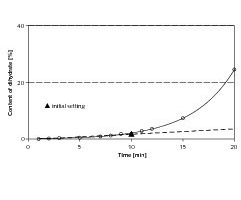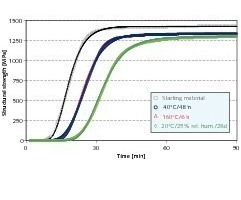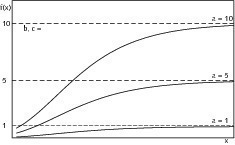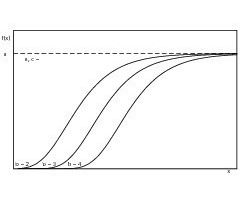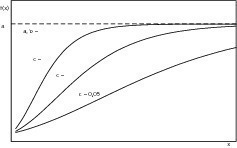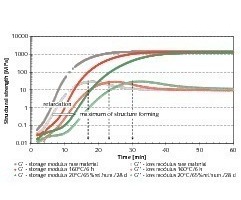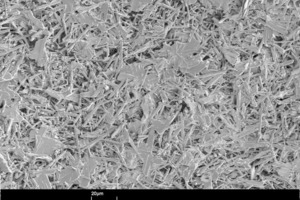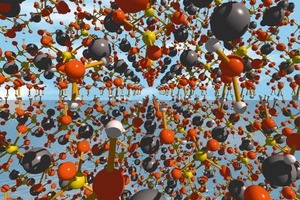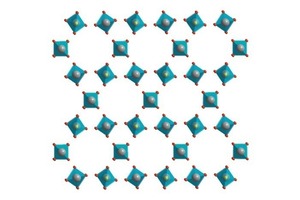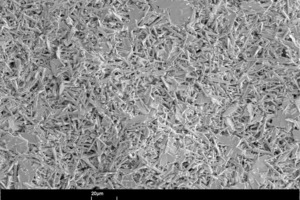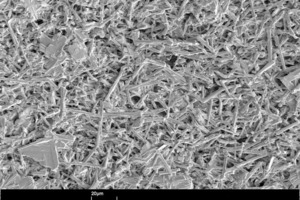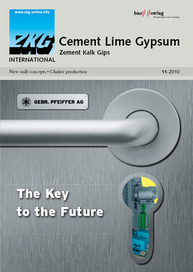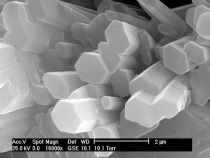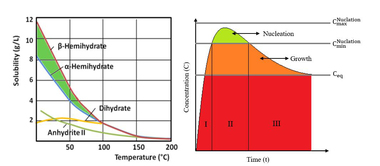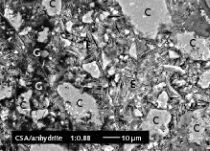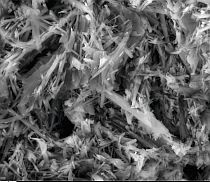Progress of hydration and the structural development of hemihydrate plaster
Summary: The phase composition of a hemihydrate binder is crucial for its technological properties such as water demand, workability and rate of hydration. This work deals with the influence of different phase compositions in the binder on the hydration and the resulting solid body properties. This complex process can be reduced to a few characteristic parameters by approximation of this structure formation in a functional relationship.
The hardening of gypsum building materials is based on the crystallization of calcium sulfate dihydrate from a solution that is supersaturated with respect to this phase. The intergrowth and interlocking of the resulting dihydrate crystals is mainly responsible for the formation of a solid body structure and is therefore the source of the strength and stability of gypsum products.
Calcium sulfate occurs in nature as dihydrate, known as gypsum rock, or as water-free anhydrite II. Both phases are used as natural raw materials for the building...

![1 Crystal structure of a) calcium sulfate hemidydrate [12] and b) anhydrite III (right) [13]](https://www.zkg.de/imgs/tok_d7ae785a1819b0066b2493124d897335/w300_h200_x400_y232_101526884_d70343c447.jpg)
